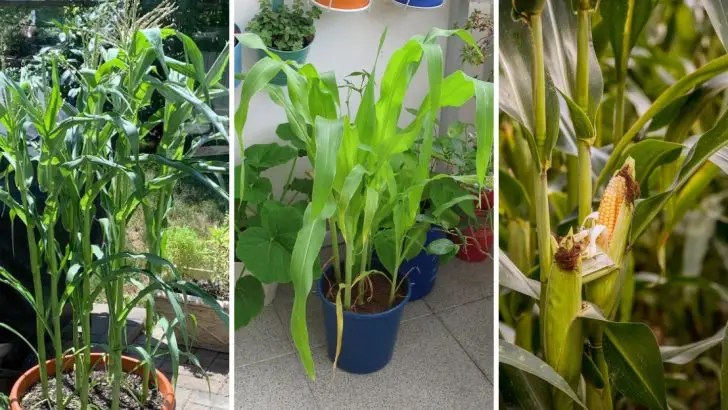Growing sweet corn in containers sounds a little odd at first—corn is tall, dramatic, and usually planted in big garden rows. But with the right setup, it actually does surprisingly well in pots. You won’t get farm-level yields, but you can grow real, fresh, sweet ears right from your patio or balcony.
The key is understanding what corn really needs—and not cutting corners just because it’s in a container. From choosing the right variety to giving it enough room, support, and nutrition, there are a few tricks that make all the difference. These 15 tips come from trial, error, and a lot of container-grown corn that almost didn’t make it.
Choose the Right Container
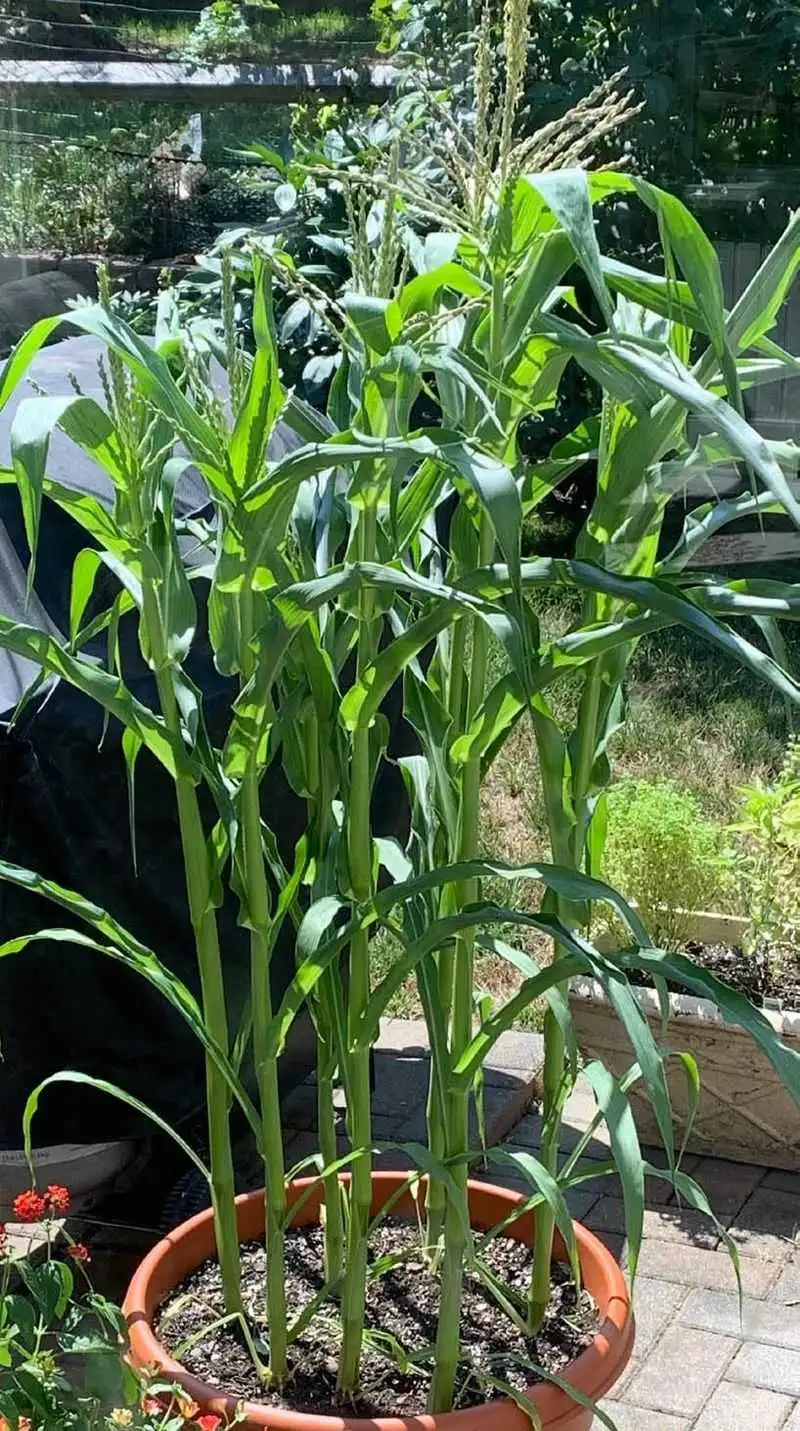
Selecting the right container is crucial for sweet corn growth. Opt for a large, deep pot, at least 12 inches in diameter, to accommodate the roots. Ensure the container has proper drainage to prevent waterlogging, which can harm the plants. A rich, well-draining soil mix will provide the necessary nutrients.
Place the container in a spot that receives full sun, as corn thrives in sunlight. Consider using a rolling cart or platform to move the container easily if needed. This flexibility can help you maximize sunlight exposure throughout the growing season.
The right start sets the stage for success.
Select the Perfect Corn Variety
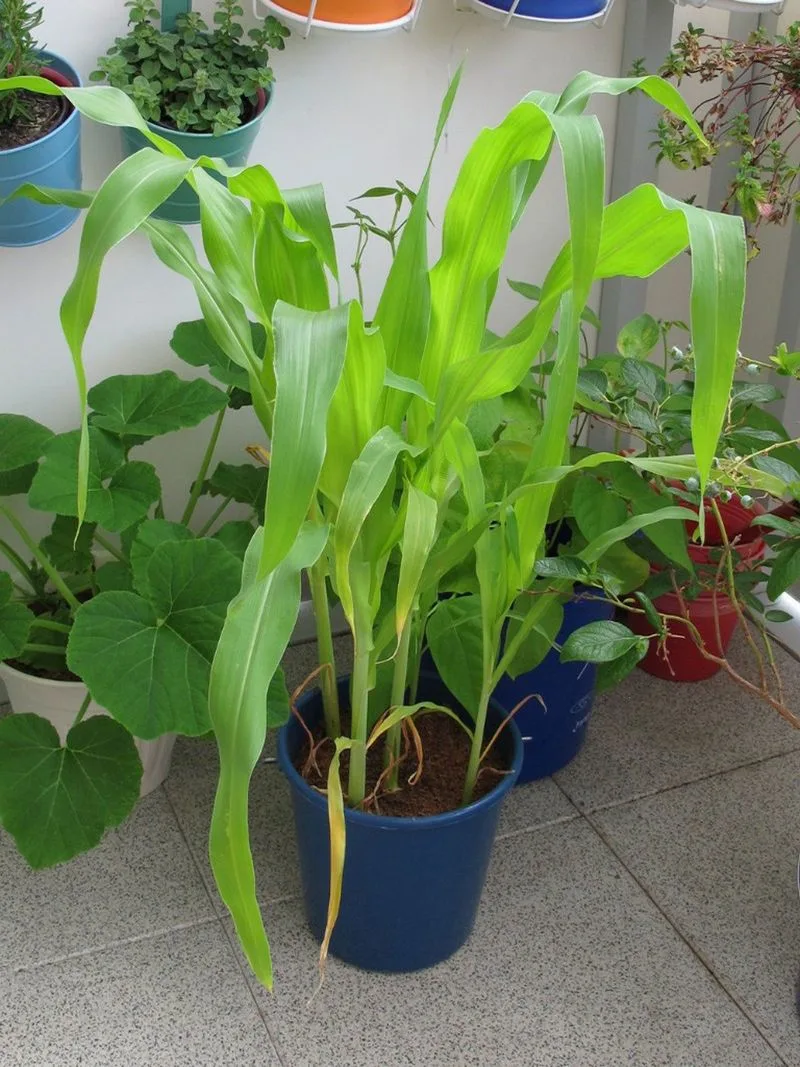
Choosing the right corn variety is like picking the star of a play. Sweet corn varieties such as ‘Golden Bantam’ or ‘Honey & Cream’ are perfect for containers due to their shorter stature. These varieties adapt well to limited space, ensuring robust growth.
Research different types to find the one that fits your taste preferences and climate. Some varieties are more heat tolerant, while others may offer unique flavors. The right variety can make or break your container gardening experience.
Let the corn you choose become the hero of your urban garden.
Understand the Importance of Soil Quality
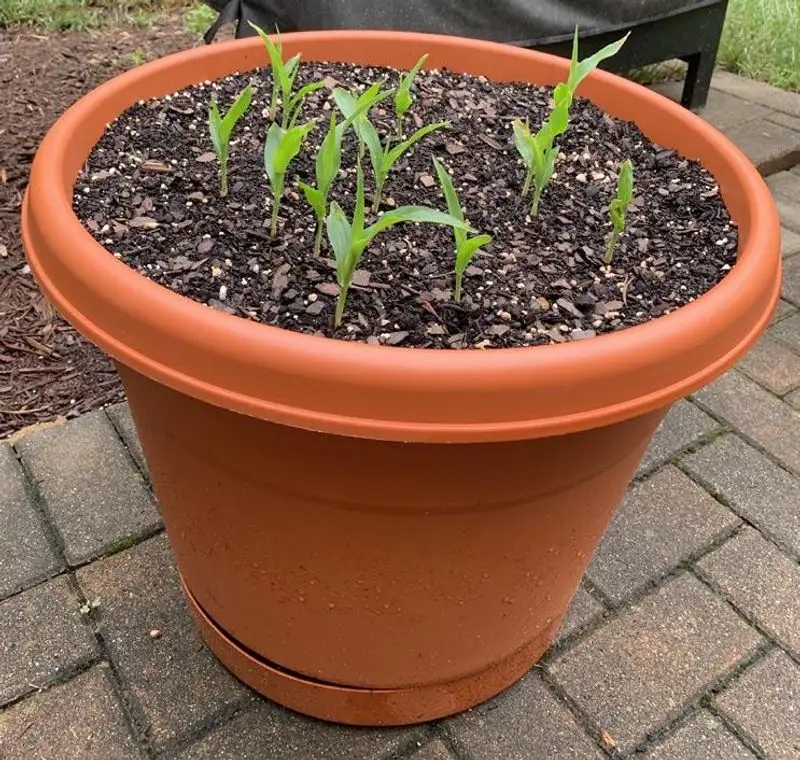
The foundation of any thriving plant lies in its soil, rich and full of life. Corn demands a potting mix that’s high in organic matter and nutrients. Opt for a mix that includes compost or well-rotted manure to boost fertility.
Regularly check the soil’s moisture level, ensuring it remains consistently damp, yet not soggy. Corn roots require breathing space, so avoid compacting the soil.
By nurturing the soil, you set the stage for healthy plant growth, ensuring your sweet corn can reach its full potential in the container.
Master the Art of Watering
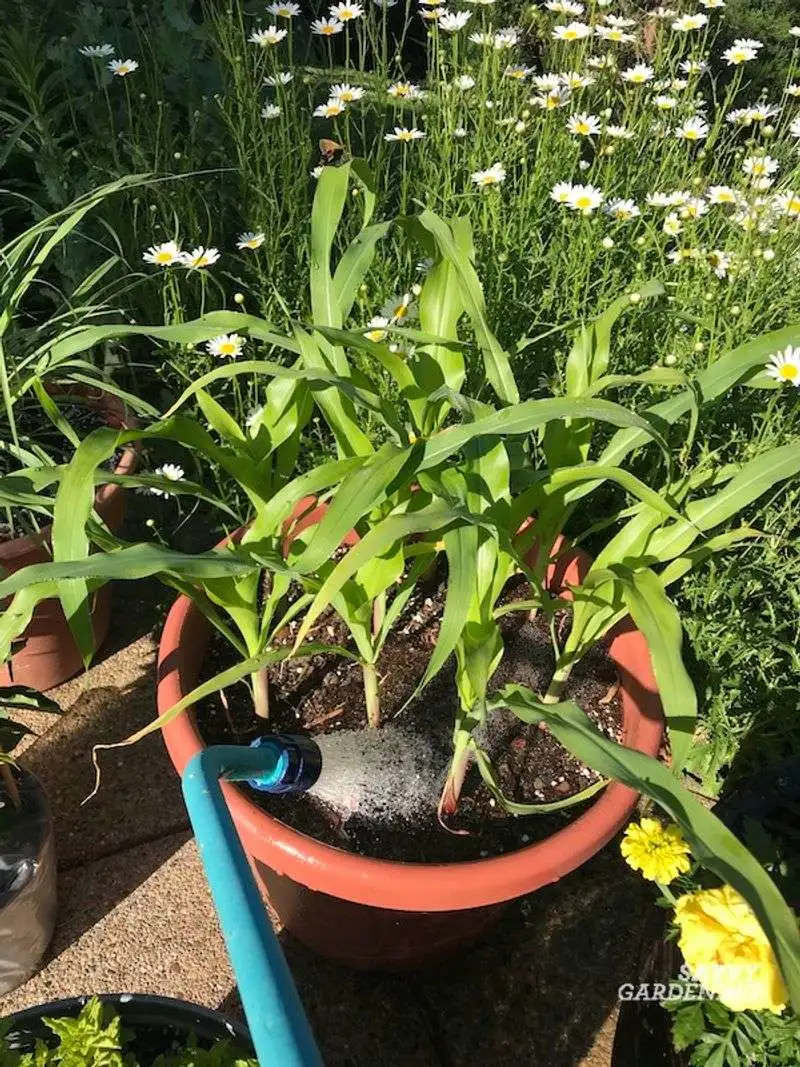
Watering corn in containers is an art, balancing moisture with dryness. Corn thrives with consistent watering, requiring about an inch of water weekly. Adjust according to weather conditions, increasing during hot spells.
Water early morning or late afternoon to reduce evaporation loss. A drip irrigation system can offer consistent moisture without over-saturating the soil.
Keep the soil evenly moist, avoiding dryness or excess water. Mastering this balance ensures your corn plants remain healthy and productive. Let your watering routine become the rhythm of a successful harvest.
Fertilize for Strong Growth
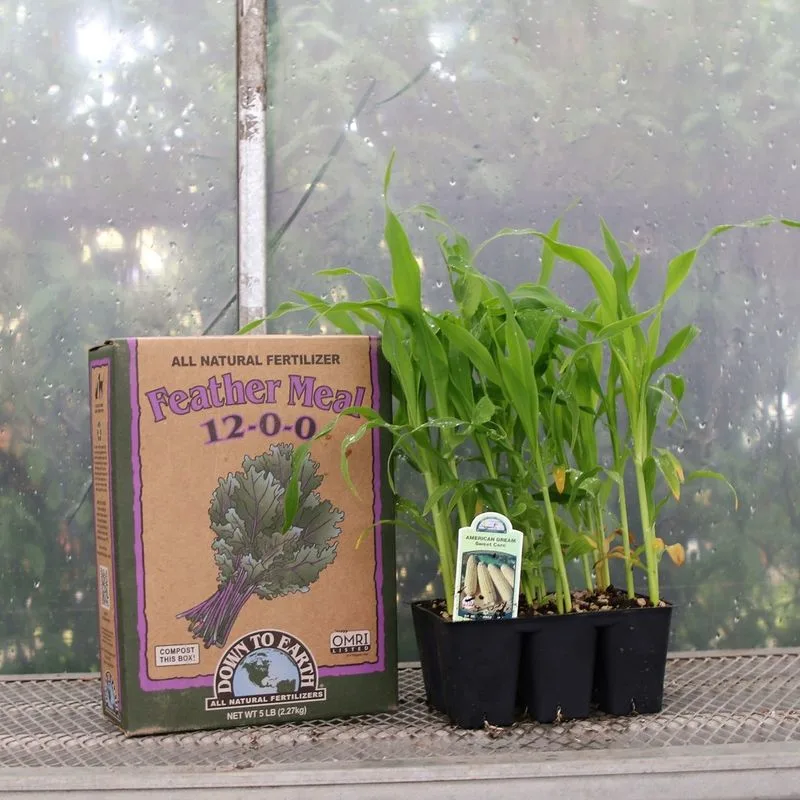
Feeding your corn is like fueling an athlete before a race. Corn requires regular feeding with a balanced fertilizer. Start with a slow-release granular fertilizer at planting time, providing a steady nutrient supply.
As the plants grow, supplement with a liquid fertilizer every two weeks, focusing on nitrogen for leaf development. This dual approach keeps your corn healthy and robust.
Monitor the plants for signs of nutrient deficiency, adjusting your feeding regimen as needed. A well-fed plant is a high-performing plant, ready to deliver a bountiful harvest.
Ensure Proper Pollination

Corn’s dance with the wind is a delicate affair. As a wind-pollinated plant, corn requires proper pollination for kernel development. In containers, hand-pollination ensures success.
Gently shake the plants or use a small brush to transfer pollen from the tassels to the silks. This process mimics nature’s touch, ensuring each kernel receives pollen.
Regularly survey the plants to gauge pollination success. A well-pollinated ear promises a sweet and abundant yield, making your efforts fruitful. The art of pollination is the secret behind a successful corn harvest.
Control Pests Effectively
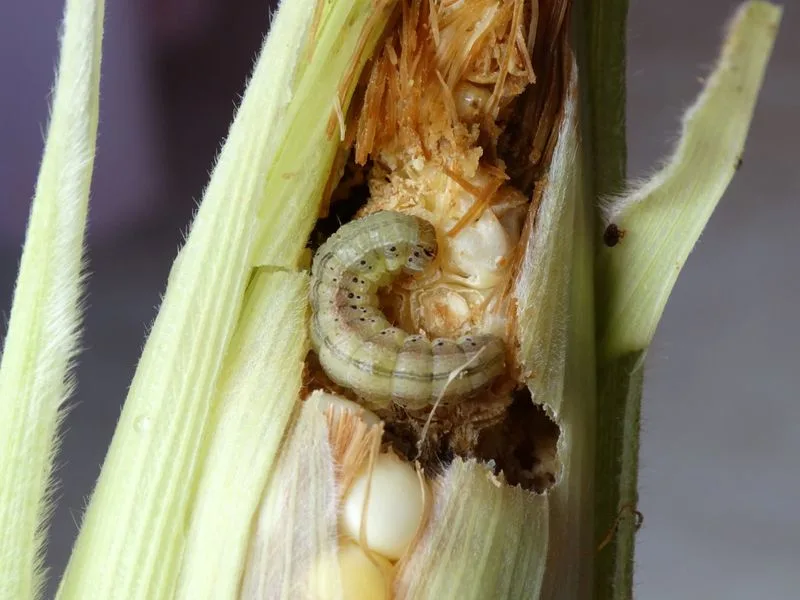
Every garden has its foes, and corn is no exception. Vigilance against pests like aphids and caterpillars is vital. Regularly inspect your plants, catching invaders early.
Opt for natural remedies, such as neem oil or insecticidal soap, to protect your harvest without harming beneficial insects. Companion planting with marigolds or basil can also deter unwanted pests.
A healthy plant is less susceptible to pest attacks, so maintain robust plant care. By keeping a watchful eye, you safeguard your corn, ensuring a thriving garden.
Choose the Right Time to Plant
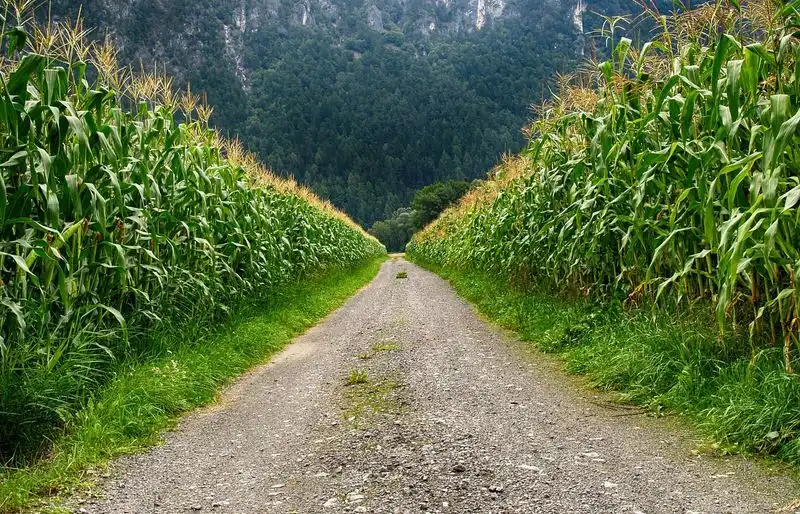
Timing is everything in gardening. Corn, sensitive to frost, must be planted after the last frost date in your area. Utilize a planting calendar to track optimal planting times.
Starting indoors can give your corn a head start, especially in cooler climates. Use biodegradable pots to simplify transplanting.
Timing ensures your corn faces ideal growing conditions, maximizing sunlight and warmth. A well-timed planting leads to a successful harvest, where each cob whispers stories of the season’s journey.
Thinning for Better Growth
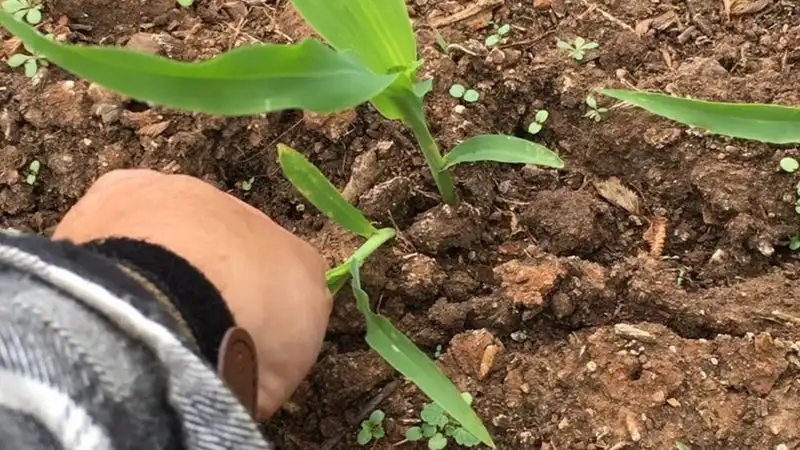
Less is more when it comes to corn. Thinning seedlings allows each plant ample space, promoting healthy growth. Once seedlings reach a few inches tall, thin them to ensure 8-12 inches of space between plants.
This spacing prevents overcrowding, allowing roots to expand and absorb nutrients effectively. It also enhances sunlight exposure, vital for robust photosynthesis.
Thinning may seem counterintuitive, but it strengthens the remaining plants, leading to a more fruitful harvest. Embrace this practice as a testament to the power of quality over quantity.
Support Tall Stalks

Corn’s towering stature requires support. As the plants grow, stakes or cages offer stability, preventing wind or weight from toppling them. Secure the stalks gently, allowing natural movement.
Supporting the plants reduces stress, encouraging healthy development of stalks and ears. This infrastructure enables the corn to withstand environmental challenges.
Consider the support system part of your garden’s architecture, where strength meets beauty. A well-supported plant is a testament to careful planning and nurturing.
Harvest at the Right Moment
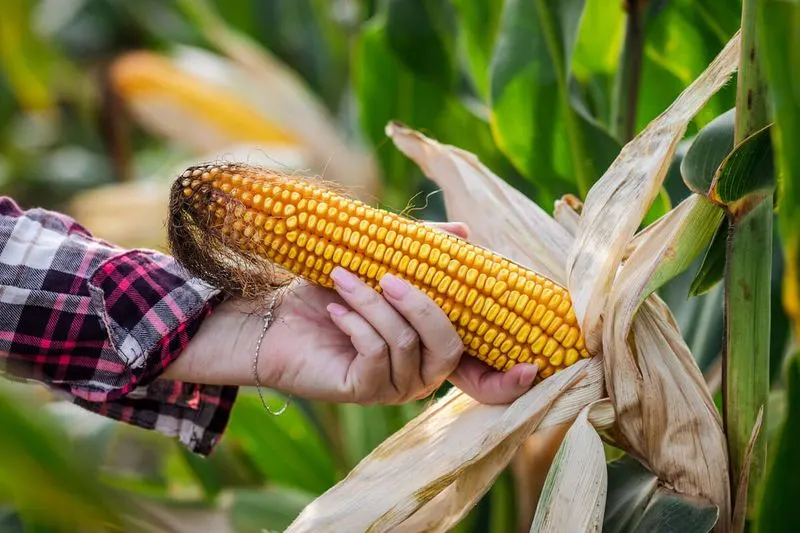
Patience rewards the gardener. Harvesting corn at the right moment ensures sweetness and flavor. Look for darkened silks and plump kernels. Use your thumb to test the kernels’ firmness.
Harvest in the early morning when sugar content is highest. Twist the ear downward to detach it without damaging the plant.
This moment, where anticipation meets reality, is the culmination of your efforts. Delight in the fruits of your labor, knowing each ear carries the essence of the season’s nurturing.
Rotate Crops Annually
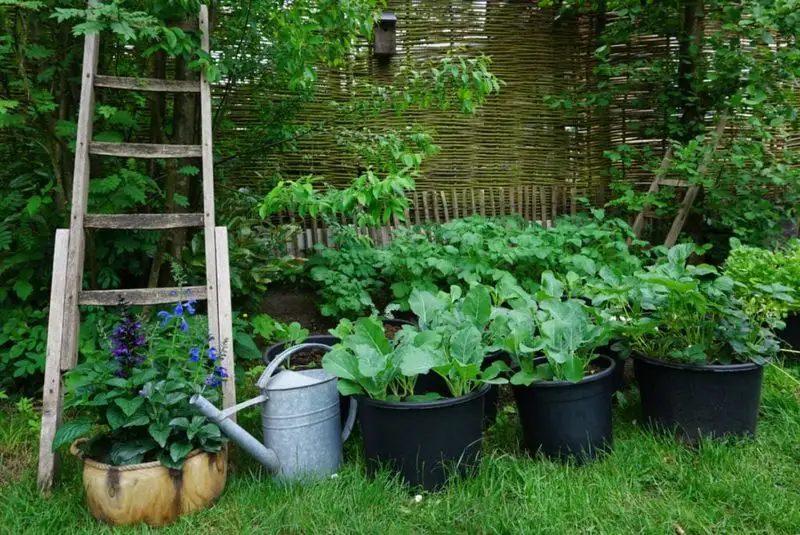
Even in containers, crop rotation matters. Rotating corn with legumes or leafy greens reduces pest and disease buildup. It also restores soil nutrients, vital for future growth.
Plan your container garden layout annually, considering plant family changes. This practice keeps the soil lively and productive.
Embrace rotation as a cornerstone of sustainable gardening, where each season brings new opportunities. It’s a dance of diversity, ensuring your garden flourishes year after year.
Mulch for Moisture Retention
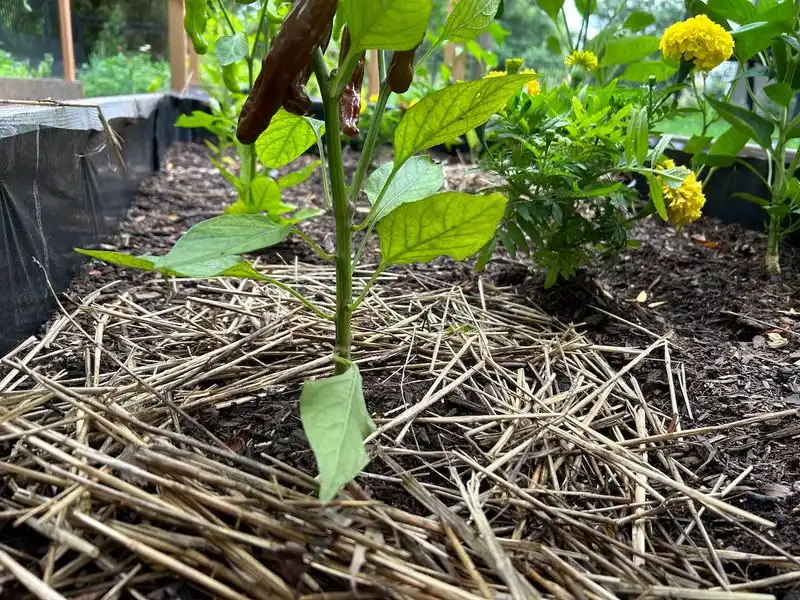
Mulch is the unsung hero of container gardening. Applying organic mulch around the base of corn plants conserves moisture and suppresses weeds. It also moderates soil temperature, creating a stable environment.
Choose materials like straw or shredded leaves, which decompose and enrich the soil. Replenish mulch as needed, maintaining an even layer.
Mulch transforms your container into a self-sustaining ecosystem. It’s a simple yet powerful technique, demonstrating the synergy of nature and nurture.
Practice Companion Planting
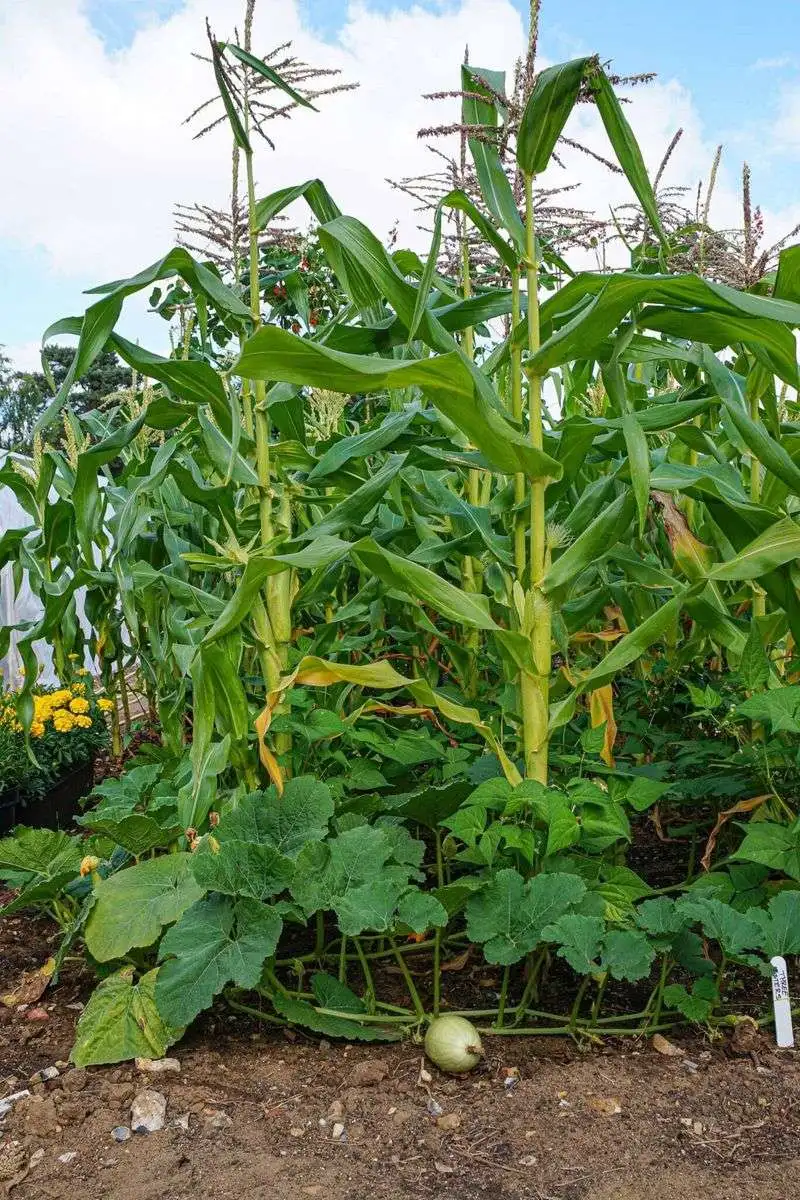
Corn thrives in communities. Companion planting with beans and squash, known as the Three Sisters method, creates a harmonious ecosystem. Beans fix nitrogen, enriching the soil, while squash covers the ground, suppressing weeds.
This trio supports each other’s growth, maximizing space and resources. Experiment with other companions like herbs to enhance flavor and deter pests.
Create a dynamic garden where plants coexist, each contributing to the whole. Companion planting celebrates biodiversity, turning your container into a living tapestry.
Optimize Sun Exposure
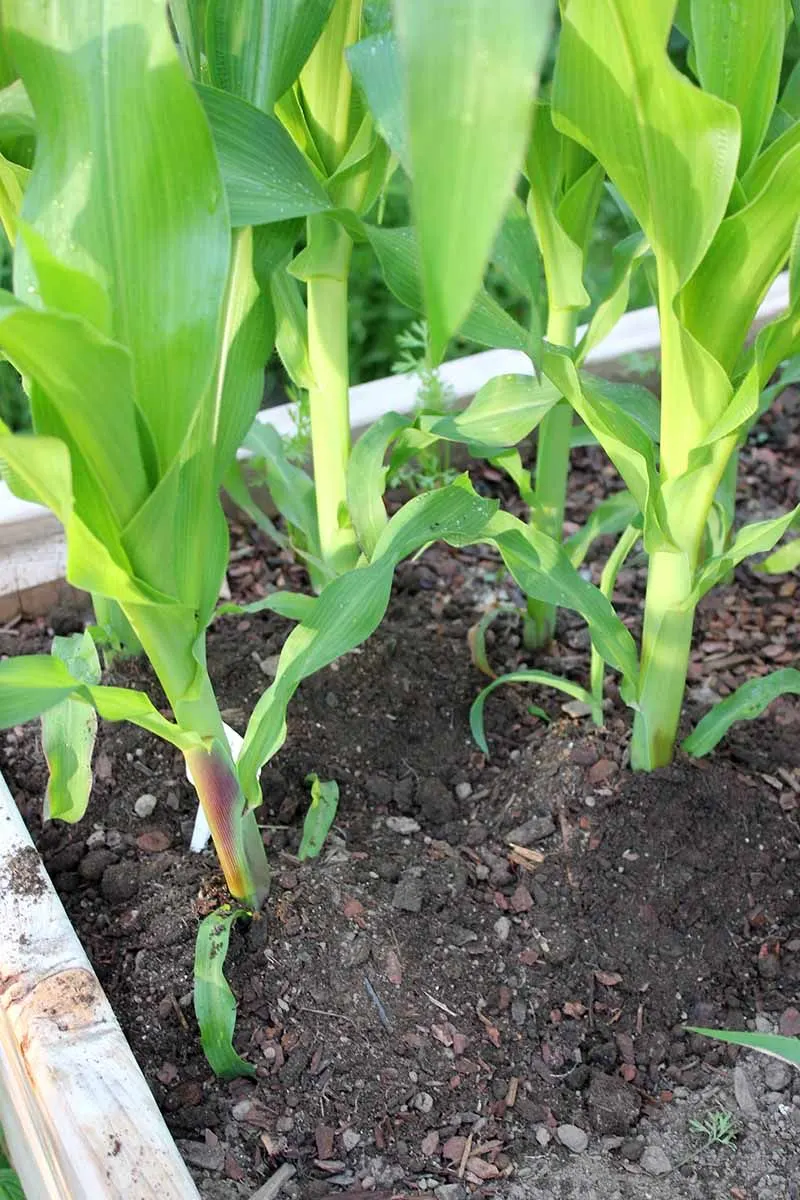
To maximize your corn’s growth, consider the sun’s path. Arrange containers so your corn receives at least six to eight hours of sunlight daily. Understanding how sunlight shifts throughout the day can drastically improve yield.
Rotate containers weekly to ensure even light exposure. This prevents one-sided growth and encourages robust stalks.
Consider sun reflection off surfaces like walls or nearby structures to increase light. Did you know? Reflective materials can boost light exposure by up to 25%.

